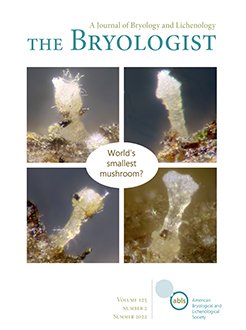Species delimitation is problematic in many plant groups and among the mosses, Sphagnum is one of the more contentious genera because of high levels of morphological variation. The allopolyploid species, Sphagnum majus, comprises one such problematic complex. Two morphologically differentiated but overlapping subspecies have been described. We conducted morphometric and molecular analyses with samples from around the Northern Hemisphere to test for phenotypic and phylogenetic differentiation between the subspecies. Although field collections of the two species can be statistically differentiated morphologically, there is substantial overlap. Genome-scale molecular data do not suggest any differentiation between S. majus ssp. majus and ssp. norvegicum, including samples assigned to the two taxa from sympatric sites. Sequence data from the plastid genome were employed to infer parentage of allopolyploid S. majus. Our results support the hypothesis that S. annulatum is the paternal parent and S. cuspidatum is the maternal parent. We conclude that the morphological differences between them are either plastic responses to habitat heterogeneity or segregating genetic variation within a single taxon. Formal taxonomic recognition of two taxa is not supported by our molecular data.
How to translate text using browser tools
8 April 2022
Morphological-molecular incongruence in Sphagnum majus ssp. majus and ssp. norvegicum
Marta Nieto-Lugilde,
Sean Robinson,
Blanka Aguero,
Aaron Duffy,
Karn Imwattana,
Kristian Hassel,
Kjell Ivar Flatberg,
Hans K. Stenøien,
Anna V. Shkurko,
Vladimir E. Fedosov,
A. Jonathan Shaw
ACCESS THE FULL ARTICLE

The Bryologist
Vol. 125 • No. 2
Summer 2022
Vol. 125 • No. 2
Summer 2022
allopolyploidy
peatmosses
phylogenetic species
RADseq
subspecies




